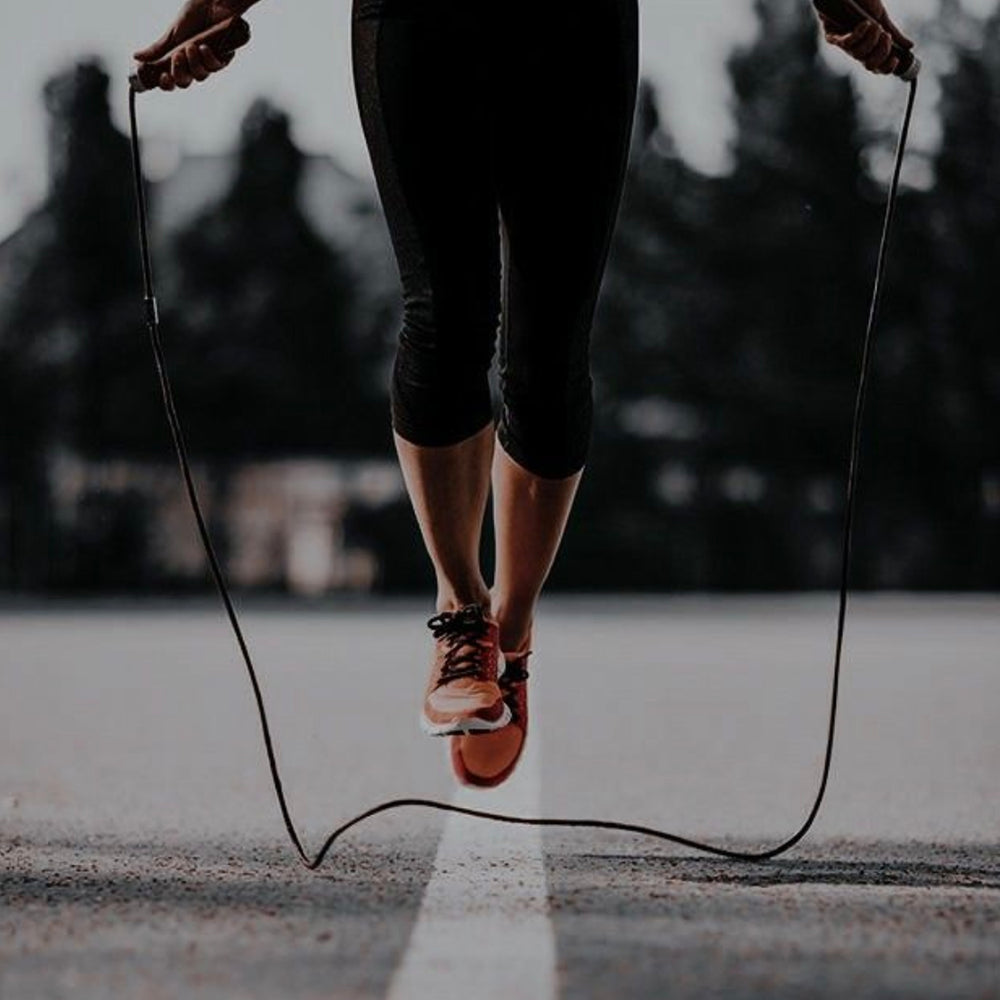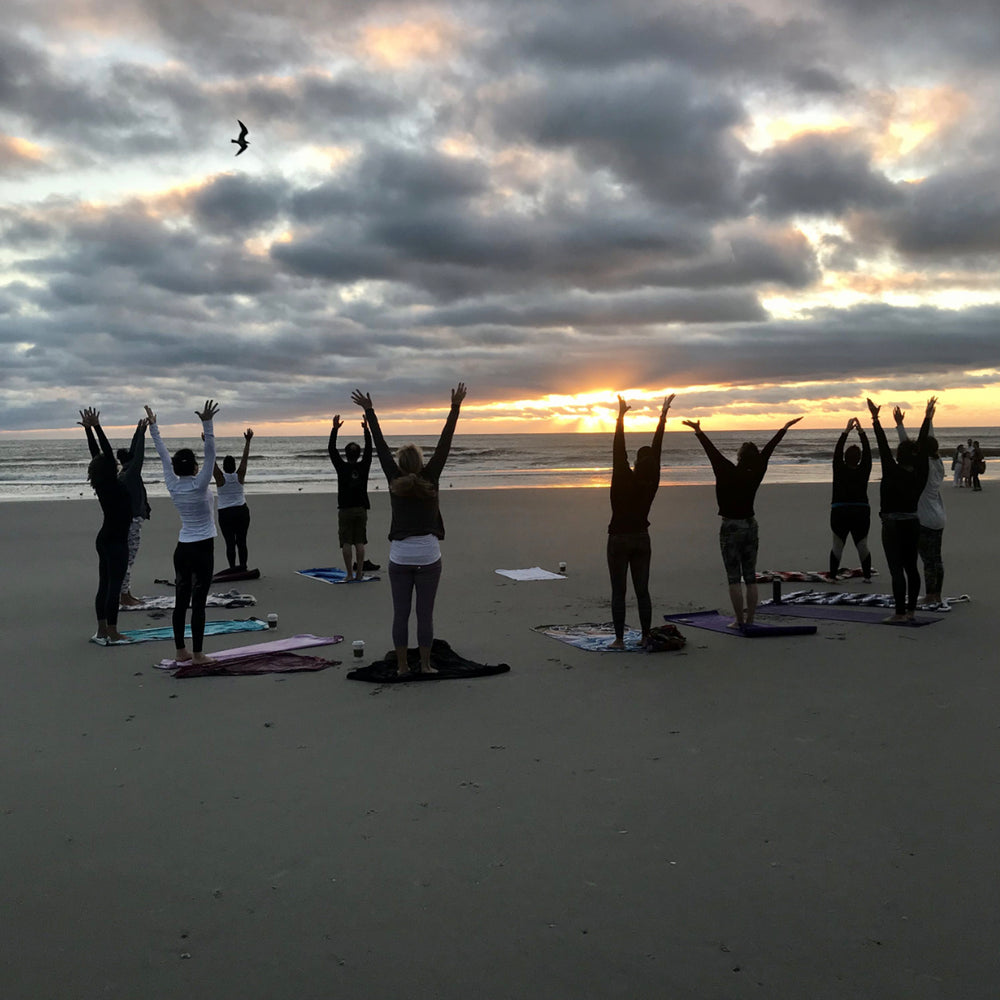
1. Build a Strong Foundation A solid foundation is key to any successful endeavor, and handstands are no exception. Before attempting to balance on your hands, it's crucial to build strength and stability in the necessary muscle groups. Here are some foundational exercises to help you prepare for handstands: A. Wrist Strength and Mobility: The wrists play a significant role in handstands. To avoid injury and discomfort, it's essential to develop wrist strength and mobility. Perform wrist stretches and exercises like wrist circles and wrist push-ups regularly to build flexibility and stability in this area. B. Core Strength: A strong core is essential for maintaining balance in a handstand. Incorporate core-strengthening exercises into your routine, such as planks, leg raises, and boat pose. These exercises will help you engage your abdominal muscles effectively while inverted. C. Shoulder Stability: Handstands require stable shoulders to support your body weight. Incorporate shoulder-strengthening exercises like shoulder presses, push-ups, and shoulder stability exercises with resistance bands to develop strength in this crucial area. D. Balance Drills: Balance is a fundamental aspect of handstands. Practice balance drills like standing on one leg or using a balance board to improve your sense of balance and proprioception. By building a strong foundation through these exercises, you'll be better prepared to attempt handstands with confidence. 2. Learn the Right Technique Proper technique is essential for executing a successful handstand. Here's a step-by-step guide to help beginners learn the correct technique: A. Wall-Assisted Handstands: Start with wall-assisted handstands to get comfortable with the inverted position and practice proper alignment. Follow these steps: 1. Stand facing the wall and place your hands on the floor about a foot away from the wall, shoulder-width apart. 2. Kick one leg up gently while keeping the other foot on the ground. 3. Use the wall for support as you bring your second leg up. 4. Ensure your body forms a straight line from your wrists to your ankles. 5. Engage your core, press through your palms, and hold the pose for as long as you can. 6. Practice kicking up with both legs and finding balance against the wall. B. Core Engagement: Focus on engaging your core muscles to maintain stability. Imagine drawing your navel toward your spine while in the handstand position. This engagement will help you control your balance and avoid arching your back. C. Hand Placement: Pay attention to the placement of your hands. Your hands should be shoulder-width apart, with your fingers spread wide for optimal stability. Avoid putting too much weight on the heels of your hands; distribute your weight evenly across your palms and fingertips. D. Gaze: Your gaze, or drishti, is crucial in handstands. Fix your eyes on a point on the floor between your hands. This will help you maintain balance and prevent dizziness. E. Practice Kick-Ups: Gradually practice kicking up into a handstand without the wall for support. Start with small kicks and gradually increase your height as you gain confidence. Remember to engage your core and keep your legs straight as you kick up. 3. Be Patient and Persistent Learning to perform a handstand is a journey that requires patience and persistence. Don't be discouraged if you don't achieve a perfect handstand right away; it takes time to build the necessary strength and balance. Here are some additional tips to keep in mind: A. Consistency is Key: Consistent practice is essential for mastering handstands. Dedicate a few minutes each day to your handstand practice, even if it's just against a wall. Over time, you'll notice improvements in your strength and balance. B. Use Props: Yoga props like blocks and straps can be valuable tools for beginners learning handstands. Place yoga blocks under your hands to elevate the floor slightly, making it easier to kick up into a handstand. You can also use a strap to help maintain proper alignment by looping it around your arms and shoulders. C. Seek Guidance: Consider taking a yoga class or working with a yoga instructor who specializes in inversions. They can provide hands-on guidance, corrections, and personalized tips to improve your handstand practice safely. D. Stay Safe: Safety should always be a priority when practicing handstands. Avoid attempting handstands on hard surfaces; opt for a yoga mat or soft flooring. If you're unsure about your ability to perform a handstand without support, have a spotter or practice near a wall. E. Embrace Falling: Falling is a natural part of learning handstands. Instead of fearing it, embrace it as a learning experience. Falling helps you understand your limits, gain confidence, and improve your balance over time. Always practice in a safe environment where falling won't result in injury. Mastering the art of handstands is an achievable goal for beginners with dedication, patience, and proper guidance. By building a strong foundation, learning the right technique, and maintaining consistency in your practice, you can progress steadily toward achieving this impressive yoga pose. Remember that the journey to mastering handstands is as valuable as the end result, as it fosters physical strength, mental focus, and a sense of accomplishment along the way. Enjoy the process, stay safe, and celebrate your progress on this exhilarating yoga journey. |


















